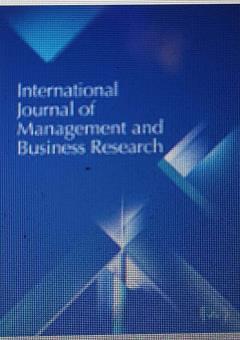Providing a model for overcoming the valley of death for financial technology startups
Subject Areas : Business Administration and Entrepreneurshipamir ebrahimpour 1 * , Alireza Askarzadeh 2 , hamideh reshadatjoo 3
1 - PhD student in Technology Management, Technology Transfer, University of Research Sciences, Tehran, Iran
2 - strome college of bisiness, old dominion university, Norfolk, Virginia, USA
3 - Associate Professor, Department of Management, University of Science and Research
Keywords: Valley of Death, startup, Finance-oriented technology,
Abstract :
The purpose of this research is to provide a model to overcome the valley of death for financial technology startups. This research is practical in terms of purpose and descriptive-survey in terms of data collection. The community under investigation is the services of five technology-oriented startups in the financial field. After defining the topic and conducting preliminary exploratory and library studies, the factors and components were determined through thematic analysis and by a researcher-made questionnaire that reached the opinion of academic and professional experts familiar with the topic (including 3 university professors and 9 experts) and after obtaining corrective comments. Their qualitative and quantitative analysis (using the Delphi method) has reached the consensus of the elite based on statistical methods related to the ultimate analysis of the model, its components and the combination of factors. In the qualitative part, Maxqda software was used for thematic analysis, and in the quantitative part, Smart pls software was used for factor analysis. This research was formed according to the number of 273 primary codes, of which 30 were open codes and 10 were central codes. The research findings showed that (technology development, institutional pressures, active players in the innovation system, government support, high entrepreneurial intelligence, high liquidity, complex customer base, cooperation, successful demonstration of commercialization) has a significant impact on Death Valley. The results showed that the components of overcoming the valley of death on a better understanding of the use of startups among startups in the financial technology field can cause more optimal use of it among them. Using the introduced model helps startups to identify the components of overcoming the valley of death of startups and to understand their strengths and weaknesses in relevant fields and also to be more efficient in the competitive environment.

